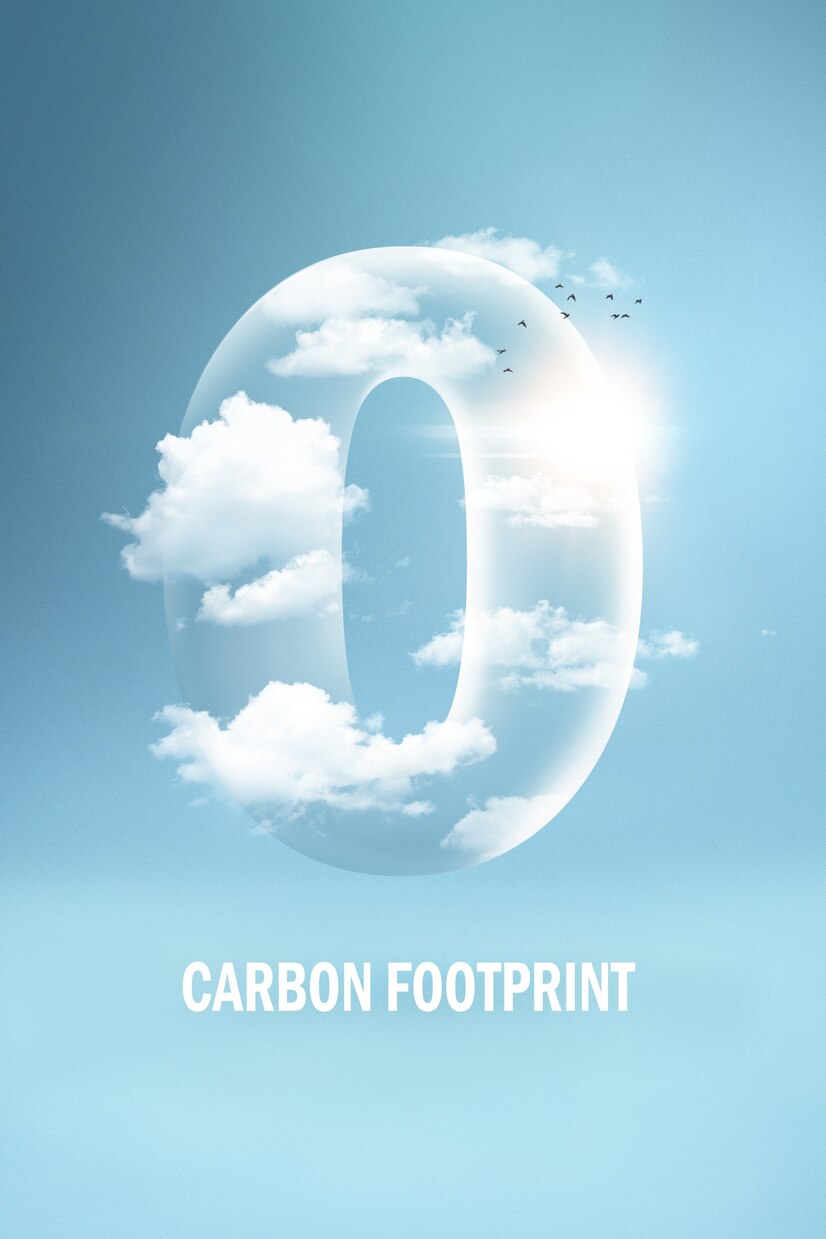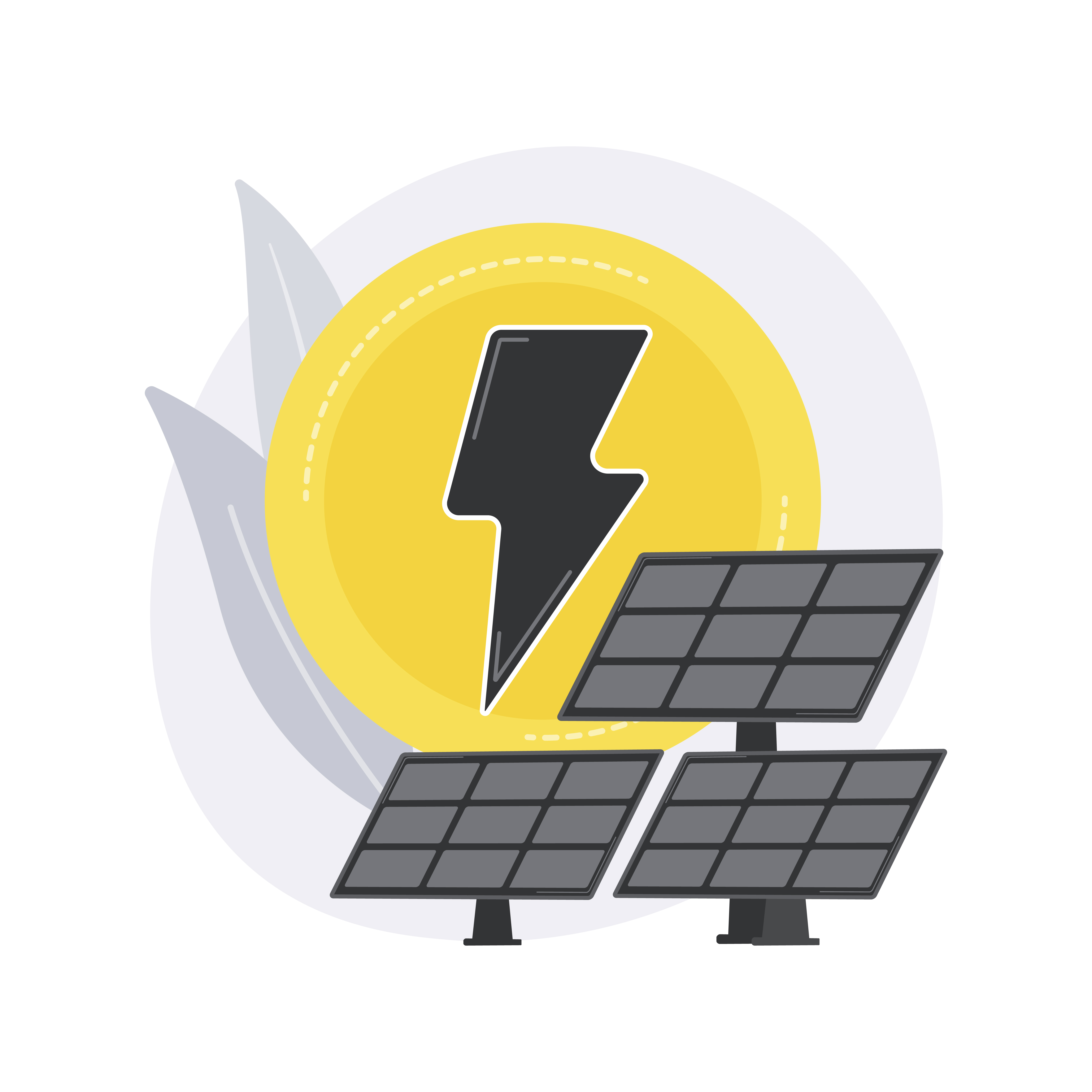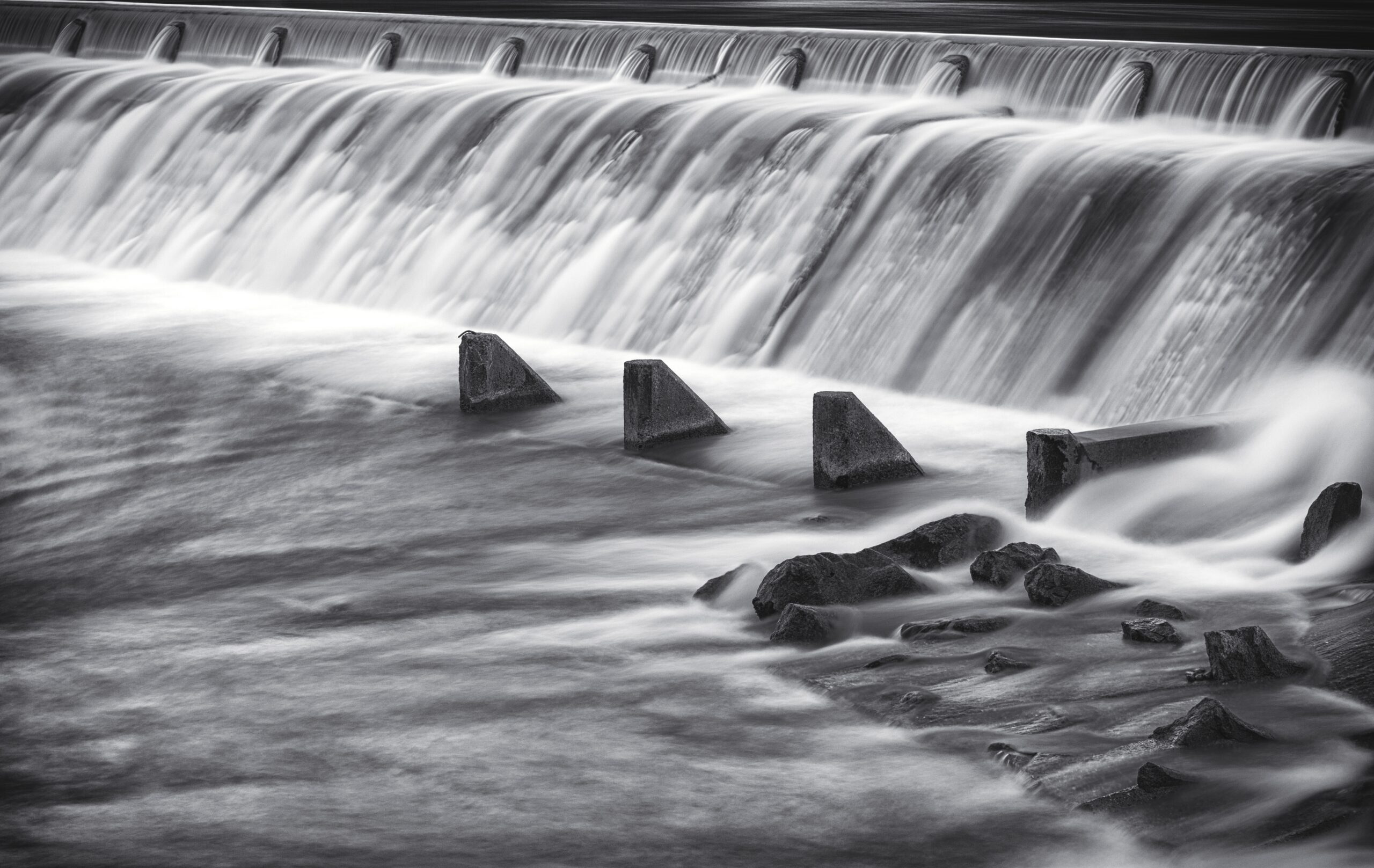Oslo, a leader in carbon capture, has extensive experience in carbon management as it has stored CO2 captured from gas production on the Norwegian continental shelf and reinjected it into sub-seabed formations since 1996. It separates carbon emitted during natural gas production from the Sleipner Vest field and the Snøhvit facility on Melkøya. The government has ambitions to deploy carbon capture and storage technology at scale across the country.
Ambition & Strategy
In January 2019, the Norwegian government stated that it intends to “develop technology for the capture and storage of CO2 and has an ambition of realizing a cost-effective solution for full-scale CCS in Norway, provided that the project leads to technology development in an international perspective”.
During the fall of 2020, the government initiated the Longship initiative, aiming in the near term to demonstrate the successful implementation of CCS while concurrently achieving technical, regulatory, and commercial objectives. It will also showcase that carbon capture is safe by monitoring injection wells and by avoiding emissions from the capture sight. The ultimate goal is to play a significant role in advancing CCS technology, effectively aiding Norway and the European Union in achieving their climate targets in a financially viable manner.
Key Projects
- The Carbon Capture facility at Heidelberg Materials cement factory in Brevik captures carbon emissions generated during cement production. It will enter operations in 2024 with a capacity of 400,000 tonnes of carbon annually.
- The carbon capture facility at the waste-to-energy plant Hafslund Oslo Celsio in Oslo aims to reduce Oslo’s carbon emissions by 17 per cent. The construction began in September 2022 and will enter operations in 2026.
- Norwegian government launched a carbon capture project called Longship, through its plans to capture carbon from the air and store it offshore in the North Sea. Manufactured by Northern Lights, the project’s first phase is scheduled for operation by 2024, boasting the capability to store 1.5 million tonnes of carbon annually.
Key Players & Startups
- Aker Carbon Capture, based in Lysaker, Akershus, was founded in 2020. They build and design carbon capture facilities for industries in carbon-intensive industries such as cement, steel, oil, and gas. They also operate in
the offshore wind and hydrogen market. - Capsol Technologies AS, based in Oslo, was founded in 2014. They specialize in capturing carbon from waste-to-energy, cement, biomass, power plants and industrial facilities.
- Aqualung Carbon Capture, based in Oslo, was founded in 2021. They enable energy companies to reduce their carbon footprint through their patented technology.
- Salcape Carbon Capture, based in Halden, was founded in 2015. A startup uses its patented process to remove industrial carbon emissions and make the world greener and cleaner.
- Hydrogen Mem-Tech, based in Trondheim, was founded in 2017. It is coming up with hydrogen sequestration technology with carbon capture.
Challenges
- The first issue deals with reducing the cost of carbon capture in industrial sites and power plants, and as the technology is in its early stages, it is expensive to deploy at present, which impedes it in the short term.
- The second problem has to do with increasing the capture rate of the technology, and it will help firms to increase the efficiency of their carbon capture projects. However, the present state of technology acts as a barrier.
- Every project site has a unique geology, and it can change with time. For instance, storage conditions at Snøhvit changed 18 months after the project began leading to interventions. Changing geology acts as the third obstacle to scaling carbon capture deployment.
Conclusion
In this piece, I have discussed Norway’s ambitions and strategy to deploy carbon capture technology and mentioned the projects under development in the country. Secondly, top players and startups contribute to further the deployment of carbon capture. I have articulated the three key obstacles hindering Norway’s path to carbon neutrality. Finally, it is uncertain whether the Nordic country can deploy carbon capture technology at scale in the coming years.
End Notes:
- https://energyfocus.the-eic.com/power/five-countries-leading-way-carbon-capture-and-storage#:~:text=The%20momentum%20behind%20carbon%20capture,Norway%2C%20the%20Netherlands%20and%20Indonesia
- https://norlights.com/about-the-longship-project/
- https://carbonherald.com/top-10-carbon-capture-companies/#:~:text=Aker%20Carbon%20Capture%20is%20one,reach%20through%20the%20Aker%20group
- https://www.aveva.com/en/perspectives/success-stories/aker-carbon capture/#:~:text=AVEVA%20is%20working%20closely%20with,steel%2C%20and%20oil%20and%20gas.
- https://www.eu-startups.com/2023/01/10-super-promising-norway-based-startups-to-watch-this-year/
- https://www.ccus-setplan.eu/wp-content/uploads/2021/02/Final-and-Formatted-Report-on-Key-Enablers-and-Hurdles-2021.pdf
- https://www.heidelbergmaterials.com/en/carbon-capture-and-storage ccs#:~:text=The%20process%20at%20Norcem%20Brevik,hydrogen%20and%20other%20process%20industries.
- https://www.technipenergies.com/en/case-studies/making-it-real-hafslund-oslo-celsio#:~:text=The%20carbon%20capture%20plant%20at,emissions%20of%20about%20200%2C000%20cars.
- https://www.norskpetroleum.no/en/environment-and-technology/carbon-capture-and-storage/
- https://hydrogen-mem-tech.com/about-us/#:~:text=Hydrogen%20Mem%2DTech%20was%20founded,in%20Trondheim%2C%20Norway's%20tech%20capital.
- https://ccsnorway.com/ambitious-goals/
- https://ieefa.org/articles/norways-carbon-capture-and-storage-projects-augur-geological-risks-global-aspirations-bury
- https://www.climate-kic.org/start-ups/salcape-carbon-capture/
- https://www.norskpetroleum.no/en/environment-and-technology/carbon-capture-and-storage/#:~:text=Norway%20has%20extensive%20experience%20with,reinjected%20into%20sub%2Dseabed%20formations.





